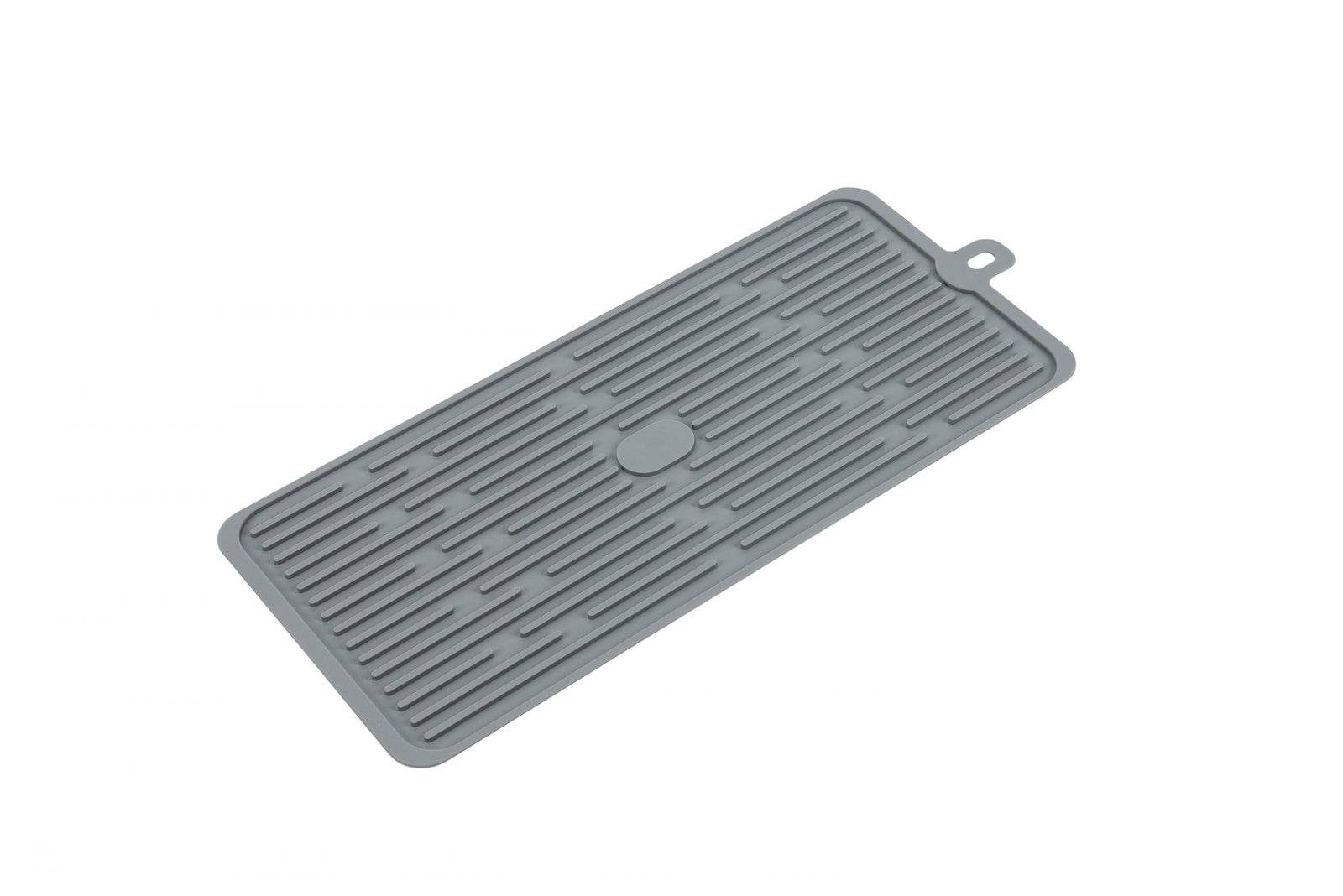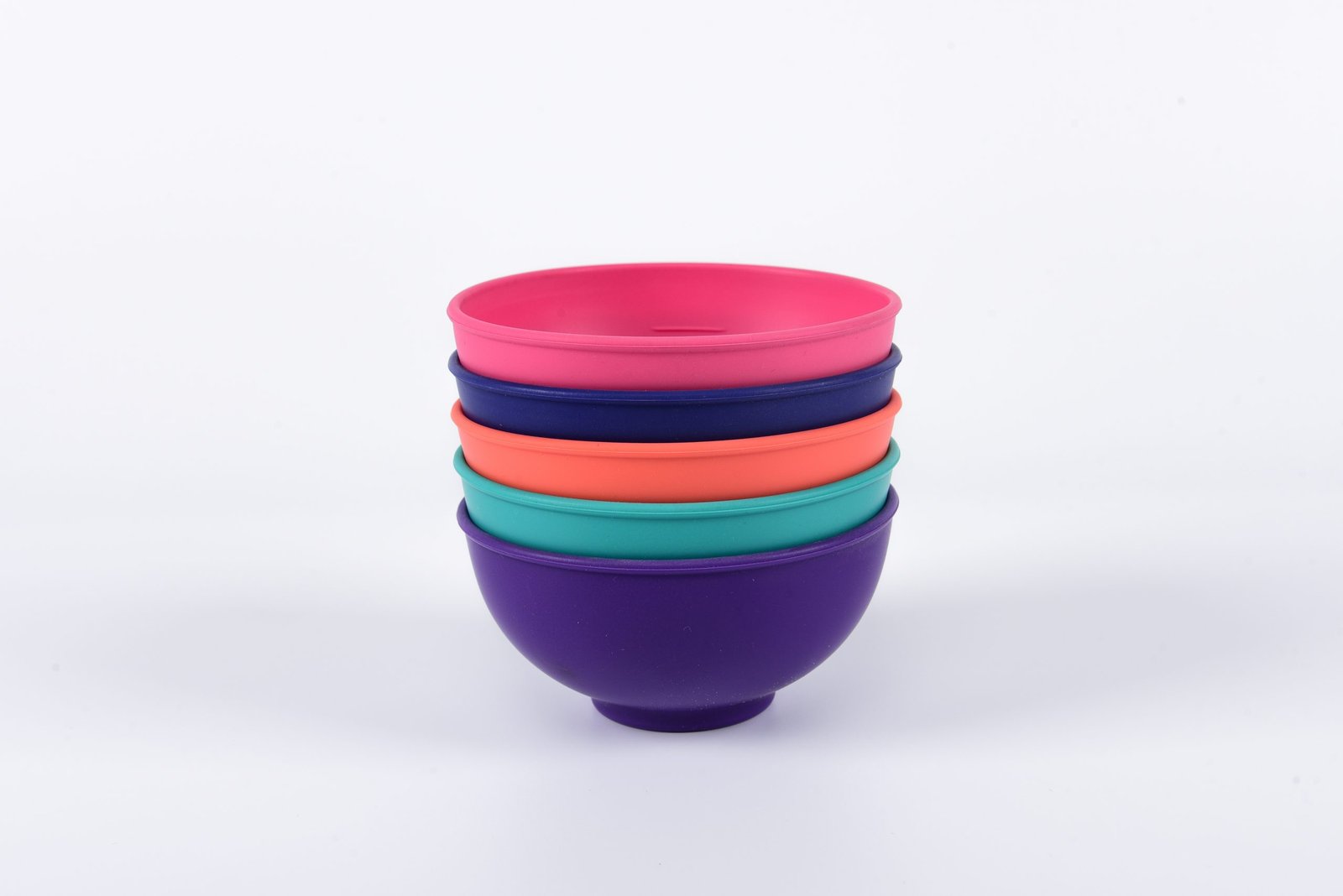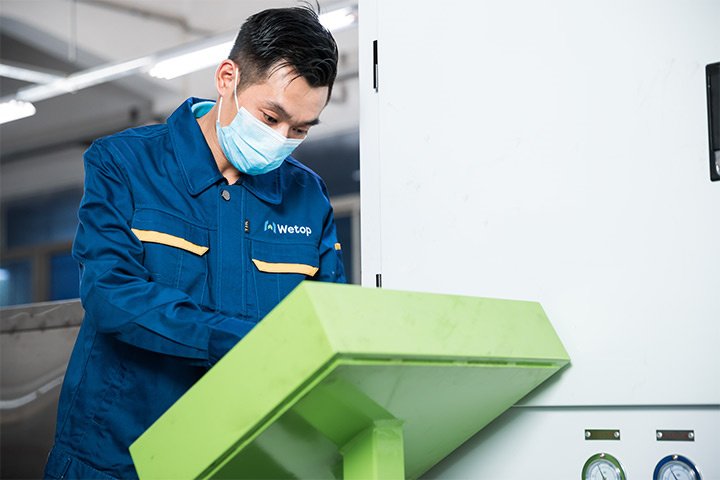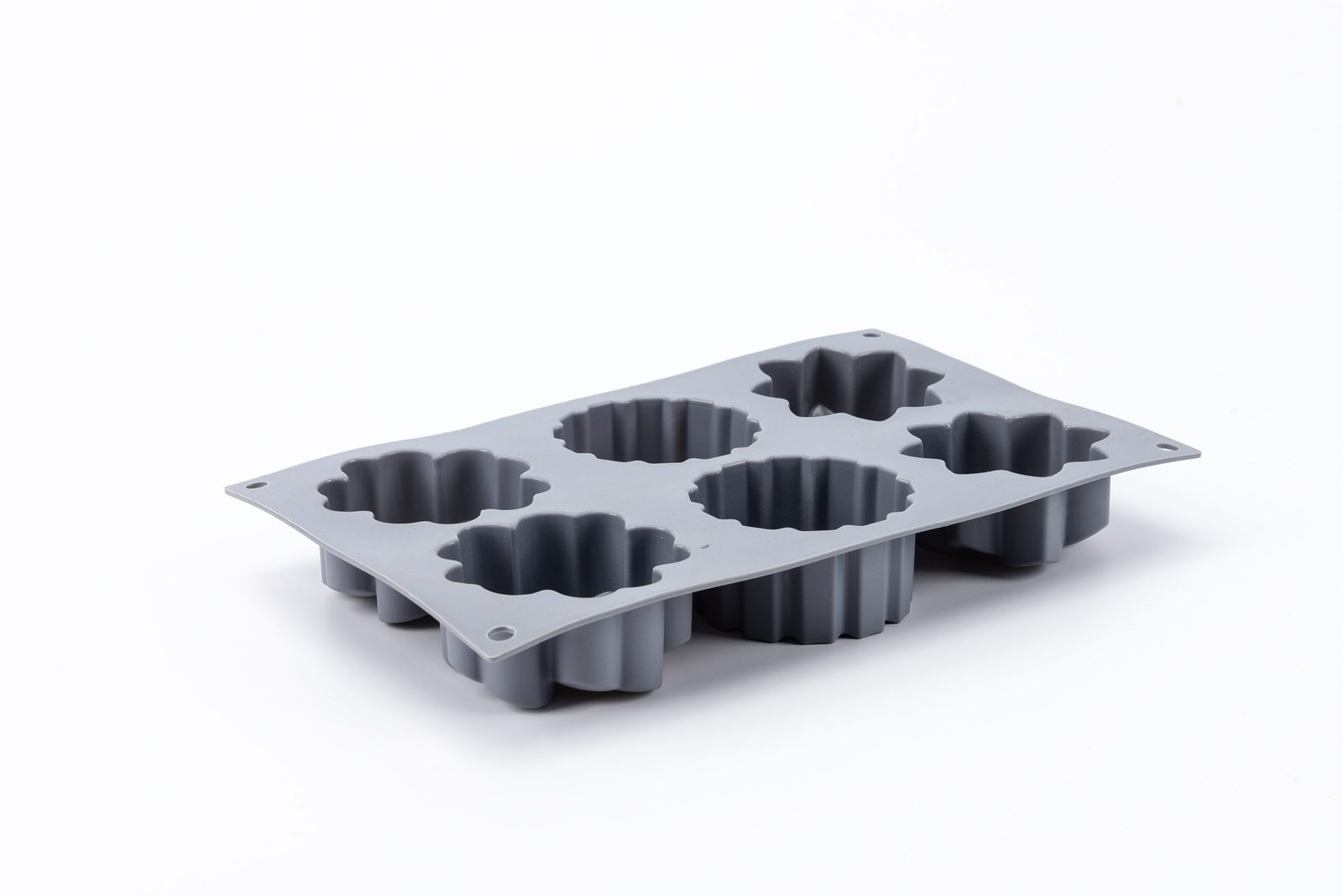Over the past few years, silicone products have become an in-demand commodity in the global market. One of the main reasons is the rise of conscious consumerism where people are now anxious about using harmful plastic items.

Silicone material, although synthetically made, has been proclaimed to be non-toxic and a better alternative to plastic. However, one argument is left hanging – is it really safe to use? To have more idea about this subject, here are the underlying ideas you need to know about silicone. Let’s tackle them one by one.
First, What is Silicone?
First things first, let’s avoid the confusion about silicon and silicone for they are two distinct things. Silicon is a chemical element that is ranked 14th on the periodic table, whereas silicone is a synthetic substance mainly composed of silicon, hydrogen, carbon, and oxygen.

Generally, silicone can be regarded as part of the rubber family but if the term plastics is described extensively, it is a combination of synthetic plastic polymer and synthetic rubber. This is why it can also be used to create hard malleable rubber-like products, hard resins, and spreadable fluids.
Since silicone is malleable and flexible, it can be shaped and hardened or softened into basically anything. Though it is like plastic, this material is considered unique among other plastics due to its durability and temperature resistance features, aside from its low reactivity with other chemicals.

Furthermore, while silicone is water-resistant, its gas permeability is also relatively high, making it suitable for industrial and medical applications where airflow is necessary. More than that, it is also non-stick, non-staining, and easy to clean, making it a well-known substance used in producing toys, baby products, cookware, bakeware, and kitchenware.
Is Silicone More Expensive than Plastics and Rubbers?
Silicon is considered the second most abundant element in the world since it is made from sand. Still, even if it is readily available, its cost is comparatively high to other rubbers and plastics because the conversion process of sand into silicon is costly. Also, while it is in trend, silicone is not widely used.

Nevertheless, many businesses think that the cost of silicone is reasonable seeing that it is the best in class elastomer for extreme temperature environments where other plastics and rubbers cannot function.
Is Silicone Safe or Harmful to Use?
Several experts and authorities regard silicone as safe for food use since silicone rubber does not react with food and beverages, or even produce any hazardous gas. Also, there were relative reports in 1979 from the US Food and Drug Administration about silicon dioxides (raw material for silicone products) being safe for food-grade utilization.
On the other hand, some ongoing reports claim that silicone is harmful. How come? There are chances that some silicones contain harmful chemicals and these tend to pass onto our food – although they are not intentionally added. They are the impurities that resulted from silicone production. In order to avoid these impurities, it is best to use platinum-grade silicone.
What is FDA Food Grade Silicone Composed of?
FDA food-grade silicone is a versatile and durable man-made synthetic polymer, composed up primarily of non-toxic silica. Known for its unique attributes, FDA food-grade silicone is resistant to extreme temperatures, stresses and environments. This is why food-grade silicone is commonly used for a wide range of applications within the food and beverage sector, replacing more conventional selections such as plastics and rubbers.
FDA compliance signifies that the material is safe for direct contact with food, making food-grade silicone an ideal tool to be used within the manufacturing, packing, packaging, transport or holding of food.
How to Verify FDA Quality Silicone?
To verify the silicone quality, simply pinch and twist a bit part of the silicone rubber. If the twisted part displays white color, then it signifies the material is not pure silicone. This is because pure silicone does not change its color.
What’s more, note that any food contact product, including silicone cookware and kitchenware, must conform to the FDA guidelines. These guidelines allow the use of silicone polymers in cookware and kitchenware. But know this, unhealthy additives like phthalates are regarded as safe beneath these guidelines. Hence, FDA approval does not give you the assurance that the silicone products you use in the kitchen are truly secure.

Conclusion
All in all, there is no doubt that silicone substance is beneficial for many applications. Also, it can be a better alternative to rubbers and plastic for it is durability, temperature resistance, high gas permeability, and more than that, it lasts longer. Keep in mind to avoid low-quality silicones and invest in platinum-grade ones.
For best selling silicone products, check out Wetop products at this website https://wetopsilicone.com/. Click the link to know more!